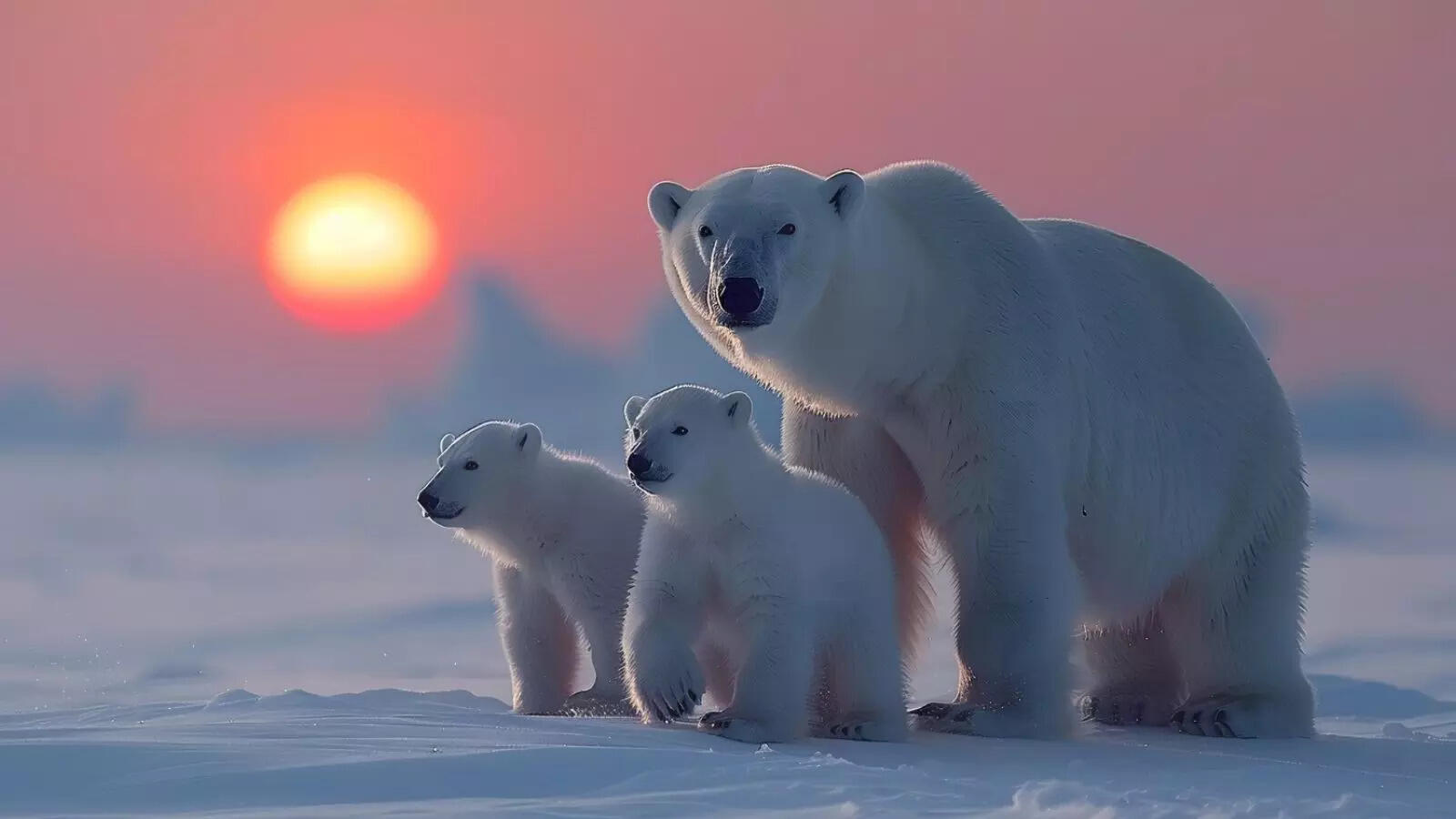Black Skin or White Skin? The Real Facts About Polar Bears’ Appearance
Polar bears are often associated with their iconic white fur , a defining characteristic of one of the Arctic's most formidable predators. However, there's a fascinating detail about polar bears that many might not know: their skin is actually black. This intriguing fact raises questions about the true nature of their appearance and adaptations.
The Color of Polar Bear Fur
Polar bear fur, which appears white, is not actually colored in this way. Instead, the fur is translucent, and its structure reflects and scatters light, giving the bear its white appearance. This adaptation provides excellent camouflage against the snowy Arctic environment, helping them blend into their surroundings while hunting for seals.
The Truth About Polar Bear Skin
Underneath their fur, polar bears have black skin. This may sound surprising, but it's a crucial adaptation. The black skin absorbs sunlight more effectively than lighter colors, helping the bears retain heat in their frigid environment. This thermal advantage is essential for survival in the Arctic, where temperatures can plummet to extreme lows.
How Does This Work?
The mechanism behind this adaptation is relatively straightforward. Black pigments in the skin absorb more sunlight, converting it into heat. Polar bears use this absorbed heat to maintain their body temperature, which is vital for their survival in one of the coldest habitats on Earth.
Why White Fur?
The white appearance of polar bear fur is a result of its unique structure. Each hair is hollow, trapping air and reflecting light, which gives the bear its white, frosty look. This not only aids in camouflage but also enhances the bear’s ability to stealthily approach its prey, especially seals, which are a primary food source.
So, while polar bears might look like fluffy, white giants, their skin is a deep, dark black. This seemingly paradoxical feature is a testament to the intricate and fascinating adaptations of Arctic wildlife. It underscores the polar bear’s remarkable evolutionary adjustments to survive and thrive in one of the planet’s harshest climates.

The Color of Polar Bear Fur
Polar bear fur, which appears white, is not actually colored in this way. Instead, the fur is translucent, and its structure reflects and scatters light, giving the bear its white appearance. This adaptation provides excellent camouflage against the snowy Arctic environment, helping them blend into their surroundings while hunting for seals.
The Truth About Polar Bear Skin
Underneath their fur, polar bears have black skin. This may sound surprising, but it's a crucial adaptation. The black skin absorbs sunlight more effectively than lighter colors, helping the bears retain heat in their frigid environment. This thermal advantage is essential for survival in the Arctic, where temperatures can plummet to extreme lows.
How Does This Work?
The mechanism behind this adaptation is relatively straightforward. Black pigments in the skin absorb more sunlight, converting it into heat. Polar bears use this absorbed heat to maintain their body temperature, which is vital for their survival in one of the coldest habitats on Earth.
Why White Fur?
The white appearance of polar bear fur is a result of its unique structure. Each hair is hollow, trapping air and reflecting light, which gives the bear its white, frosty look. This not only aids in camouflage but also enhances the bear’s ability to stealthily approach its prey, especially seals, which are a primary food source.
So, while polar bears might look like fluffy, white giants, their skin is a deep, dark black. This seemingly paradoxical feature is a testament to the intricate and fascinating adaptations of Arctic wildlife. It underscores the polar bear’s remarkable evolutionary adjustments to survive and thrive in one of the planet’s harshest climates.
Next Story